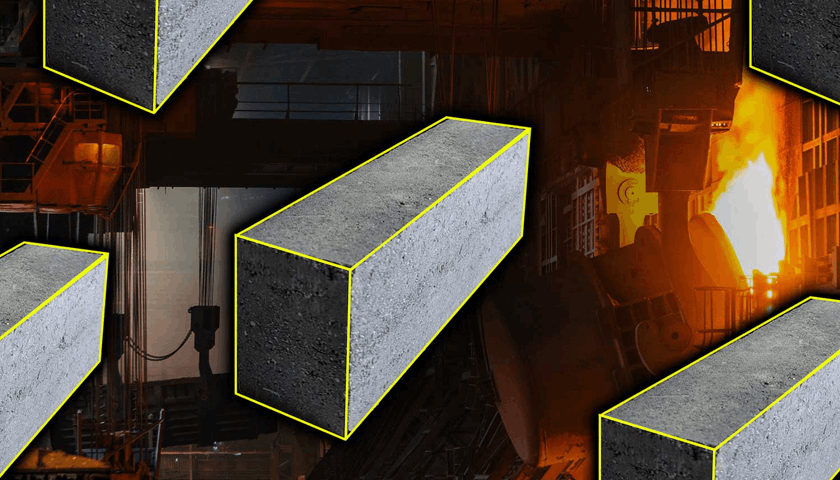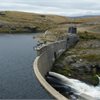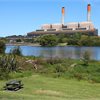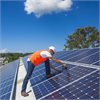Electric firebricks: decarbonising high-temperature industrial heat
13 Jun 2025

By Ian Mason
A new technology could offer a more cost-effective solution than hydrogen to decarbonise one ‘hard-to-abate’ sector of New Zealand’s economy, as well as having ample potential for demand response as the electricity grid becomes more renewable.
High-temperature industrial heating is recognised as one of the ‘hard to abate’ challenges for decarbonisation. Processes requiring temperatures from 300C up to 1500C fall into this category, with heat typically coming from burning coal or fossil (natural) gas. Examples from the high end of the temperature range include steel making, glass making, pulp and paper manufacture, and cement manufacture. Applications needing lower temperatures include the food and beverage industries.
Green hydrogen has been proposed as a low emissions solution for high-temperature applications. However, a new electrical thermal technology, developed at the Massachusetts Institute of Technology and now being commercialised, promises to provide a simpler and more direct route.
As explained by co-inventor Daniel Stack in a recent interview with Canadian energy journalist Markham Hislop, the technology is based on the traditional firebrick, which has been deployed for heat storage in industrial processes for more than 100 years and can operate at flame temperatures for decades. Firebrick resistance-heated energy storage (FIRES) systems are a subset of electrically-heated thermal technologies, which have to date used either metallic resistance heaters, or ceramic heating elements. In practice, metallic elements are limited to operating temperatures of 750-850C whilst ceramic elements have a number of practical limitations.
The innovation in the MIT research was to develop electrically conducting firebricks for use in a FIRES system. This was achieved by incorporating chromium oxide doped with nickel into the brickmaking material. The brick is therefore able to act both as the conductor and the heat storage medium. These firebricks are capable of operating at temperatures up to 1800C.
When arranged into a stack incorporating air ducts, the firebricks create a thermal battery. It is charged using electricity which is stored as heat, and subsequently extracted as needed by passing air or another gas through the matrix. This provides a hot gas stream to the end-use application without any fuel being burnt and importantly with zero greenhouse gas emissions. The technology is scalable, can be modular - for example using insulated boxes or shipping containers - and systems up to hundreds of megawatts - with Gigawatt-hours - of storage capacity are being proposed.
In common with similar storage technologies, thermal energy storage systems can also provide an opportunity to interact with the electricity grid and supply ancillary services such as frequency and voltage control. Such systems are able to use off-peak, low-cost or surplus electricity from variable renewables, such as wind and solar, and can also be switched off at times when load-shedding is required. The considerable thermal mass associated with the FIRES system is a particular advantage in this respect.
It will be important to conduct a complete life cycle analysis for the FIRES system, including determining the energy stored on energy invested (ESOI) ratio. Brick manufacturing is energy intensive, with a value of 3.5 MJ/kg reported for clay bricks for example, and can create air pollution problems. However, the anticipated long lifetime of such thermal batteries will be an advantage. The financial cost of commercial scale systems is yet to be made available but is expected to be lower than for hydrogen-based systems. Preliminary cost estimates for a conventionally heated FIRES system indicated a system cost per unit of storage capacity of aboutUS$10/kWh.
Storage is an essential component of renewable and sustainable energy systems. Integration of increased thermal storage capacity provides an exciting opportunity to further develop new ways of thinking about energy and how it is used. Building out more wind, solar and hydro generation, and coupling these with appropriate storage technologies, will enable both decarbonisation and the development of new applications for renewable energy at low cost.
Dr. Ian Mason is adjunct senior research fellow in Renewable Energy Systems Engineering in the University of Canterbury's Department of Civil and Natural Resources Engineering.
print this story
Story copyright © Carbon News 2025










